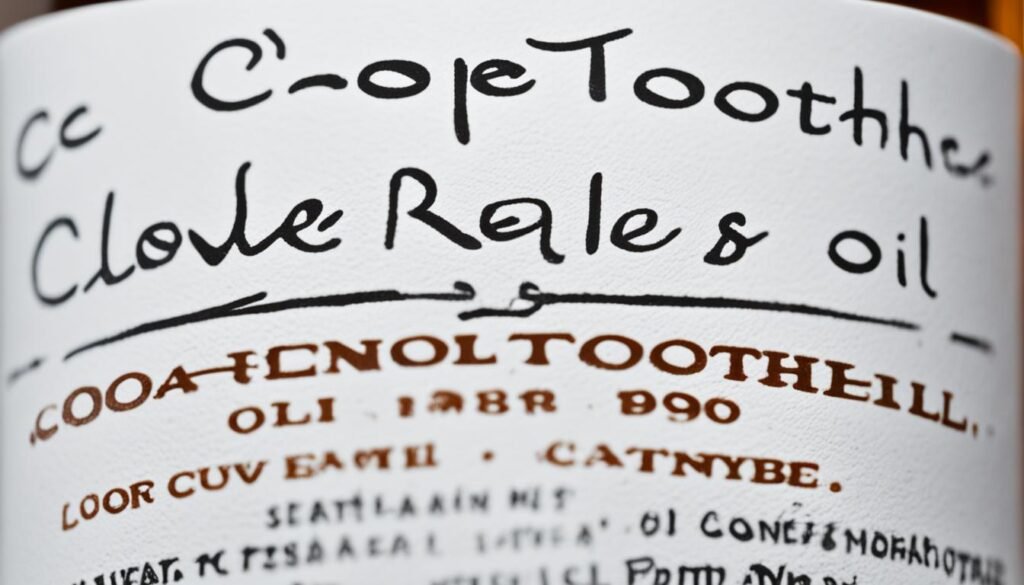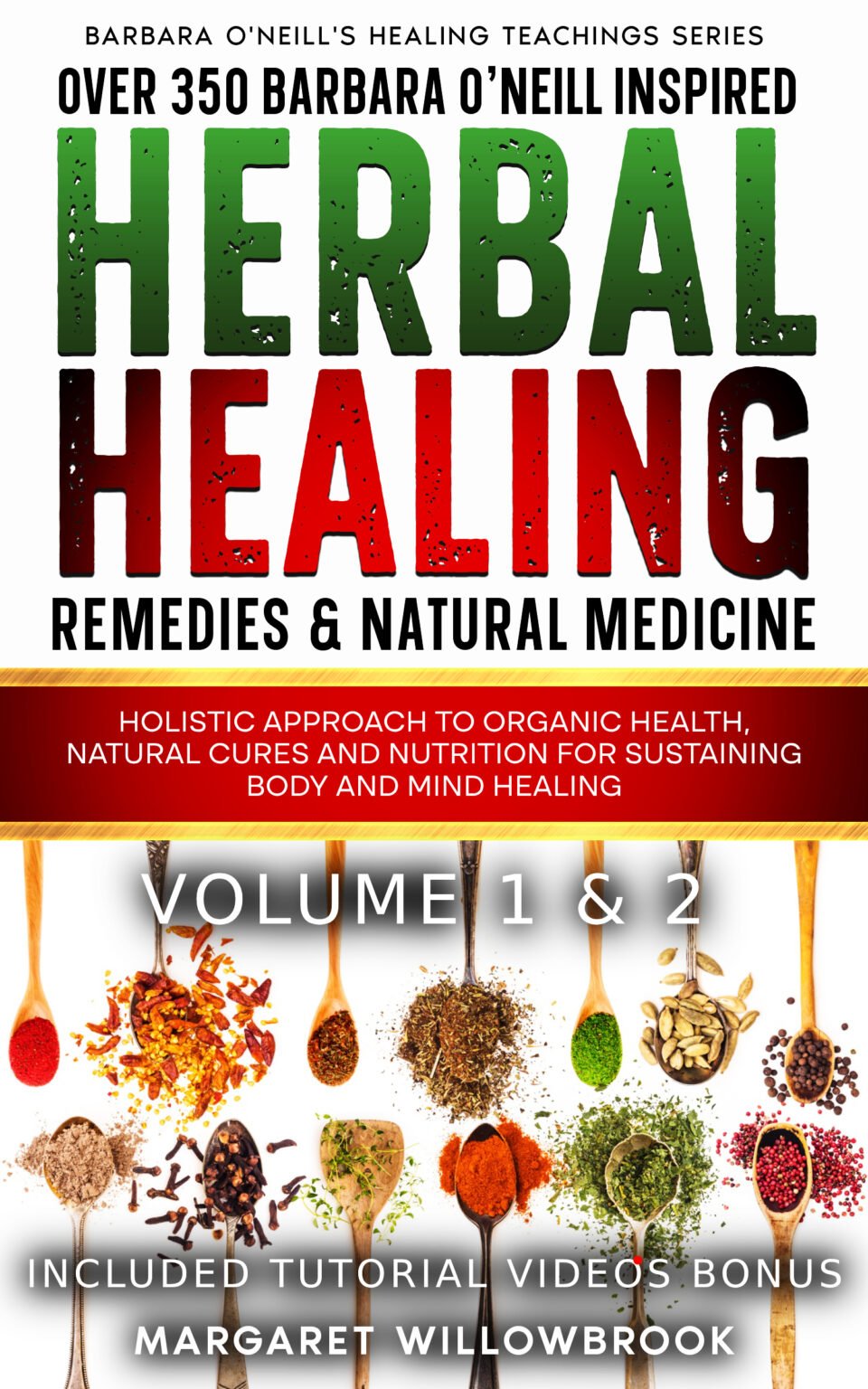Have you ever experienced the agonizing pain of a toothache? While seeing a dentist is essential for addressing the underlying cause, there are several simple natural remedies for toothache that can provide quick relief until you can receive professional dental care. In this article, we’ll explore 10 effective home treatments for toothache that can help soothe the pain and inflammation associated with this common issue.
Toothaches can cause significant discomfort and pain, leaving you desperate for toothache relief. But did you know that there are several at-home toothache solutions that can offer temporary respite? From salt water rinses to peppermint tea bags, these natural toothache remedies may be the key to finding the relief you need.
Understanding Toothache
Experiencing a toothache can be an unpleasant and disruptive experience. To better understand this condition, let’s explore what a toothache is and the common causes behind it.
What is a Toothache?
A toothache is a mild to severe pain felt in or around the teeth and jaws. This discomfort can arise from a variety of underlying dental or gum-related issues that require prompt attention and professional treatment.
Causes of Toothache
Toothaches can be triggered by a number of factors, including dental decay, a damaged filling, an abscess, teeth grinding (bruxism), or gum disease. Identifying and addressing the root cause is essential for achieving long-term relief and preventing the problem from worsening.
By understanding the nature of a toothache and its potential causes, you can take the necessary steps to alleviate the discomfort and seek appropriate dental care to restore your oral health.
Salt Water Rinse
A salt water rinse is a simple, effective first-line treatment for toothache. To use, mix 1/2 teaspoon of salt in a glass of warm water and swish it around the mouth, focusing on the affected area.
Preparation and Usage
Creating the salt water solution is quick and easy. Simply combine 1/2 teaspoon of salt with a glass of warm water, then swish the mixture around your mouth, paying special attention to the painful tooth or gum area. Repeat this process several times a day for temporary relief.
Benefits of Salt Water Rinse
Salt water is a natural disinfectant that can help loosen food particles and debris, reduce inflammation, and promote healing of oral wounds. It’s an inexpensive and accessible remedy that can provide soothing relief until you’re able to see a dentist for more comprehensive treatment.
Cold Compress
When dealing with a toothache, applying a cold compress to the affected area can be an effective way to find relief. The cold temperature can help constrict blood vessels, reducing pain and swelling in the region.
How to Use a Cold Compress
To use a cold compress for your toothache, simply wrap a bag of ice or a cold, damp towel around the cheek near the painful tooth. Hold the compress in place for about 20 minutes at a time, repeating this process as needed throughout the day. The cold temperature can help numb the pain and alleviate discomfort until you are able to see a dentist.
Clove Oil
Clove oil is a powerful natural remedy for toothache due to its numbing and anti-inflammatory properties. Dilute clove oil with a carrier oil like sunflower or jojoba oil in a ratio of 15 drops clove oil to 1 ounce carrier oil before applying.
Diluting Clove Oil
To dilute the clove oil, mix 15 drops of clove oil with 1 ounce of a carrier oil like sunflower or jojoba oil. This will help reduce the potency of the clove oil and make it safer for direct application on the affected area.
Applying Clove Oil
Dab a small amount of the diluted clove oil mixture onto a cotton ball and apply it directly to the affected tooth and gums a few times per day. You can also add a drop of clove oil to a glass of water and use it as a mouthwash to help soothe the pain and inflammation.

Peppermint Tea Bags
Peppermint tea bags can help numb pain and soothe sensitive gums. Allow a used tea bag to cool slightly so it’s still warm, then apply it to the affected area.
Warm Peppermint Tea Bag
The warmth from the peppermint tea bag can provide a soothing sensation to the painful tooth and surrounding gums. The menthol in peppermint has a numbing effect, helping to alleviate discomfort.
Cold Peppermint Tea Bag
Peppermint tea bags can also be used cold to provide relief. Place a used tea bag in the freezer for a few minutes, then apply it directly to the painful tooth. The cold temperature helps reduce inflammation and numb the area, offering a refreshing sensation.
Garlic
Garlic has natural antibacterial and pain-relieving properties that can help address toothache. Chewing on a fresh garlic clove can provide relief.
Chewing Garlic Cloves
Biting into a raw garlic clove and letting it sit against the affected tooth can help numb the pain and reduce inflammation. The compounds in garlic have antimicrobial effects that may also help fight any underlying infection causing the toothache.
Garlic Paste
Alternatively, you can create a garlic paste by crushing a clove and apply it directly to the affected tooth. You can add a small amount of salt to the paste for added benefit. The paste can help soothe the pain and promote healing of the surrounding gum tissue.
Vanilla Extract
The alcohol in real vanilla extract can help numb pain, while its antioxidant properties promote healing. Dab a small amount of vanilla extract onto your finger or a cotton ball and apply it directly to the sore tooth.
Home Remedies for Toothache
In addition to the remedies covered, other natural options that may provide relief include hydrogen peroxide rinses, guava leaves, wheatgrass, thyme, and the toothache plant. However, it’s important to use caution and consult a dentist before trying any unfamiliar remedies, especially if you have any medical conditions or are pregnant/breastfeeding.
Hydrogen peroxide is a natural disinfectant that can help kill bacteria and reduce inflammation in the mouth. Dilute a small amount of hydrogen peroxide in water and use it as a rinse. Guava leaves contain anti-inflammatory and analgesic properties that can help soothe a toothache. Chew on fresh guava leaves or make a tea with them.
Wheatgrass is another natural option that may help reduce pain and swelling. You can apply fresh wheatgrass juice directly to the affected area or use it as a mouthwash. Thyme is a potent antiseptic herb that can also be used to make a pain-relieving mouthwash. Simply steep fresh thyme leaves in hot water and use the solution to rinse your mouth.
Lastly, the toothache plant, also known as Spilanthes, contains natural analgesic compounds that can numb pain. You can chew on the leaves or flowers of this plant to find relief.
Conclusion
While home remedies can offer temporary relief, it’s crucial to see a dentist to properly diagnose and treat the underlying cause of a toothache. These natural solutions should not replace professional dental care, but can be used as complementary treatments to manage pain and discomfort until you can see a dentist. Maintaining good oral hygiene habits, such as brushing and flossing regularly, and scheduling regular dental checkups are also important for preventing toothaches in the first place.
Seeking professional dental attention is essential for long-term relief and preventing further complications. A dentist can accurately identify the root cause of your toothache and provide the appropriate treatment, whether it’s a filling, root canal, or other procedure. Relying solely on home remedies without consulting a dentist may only provide temporary respite and could potentially exacerbate the issue.
By combining home remedies for immediate relief with professional dental care, you can effectively manage your toothache and maintain optimal oral health. Remember, prevention is key, so be sure to prioritize your dental hygiene and regular check-ups to avoid future toothaches and other dental problems.


